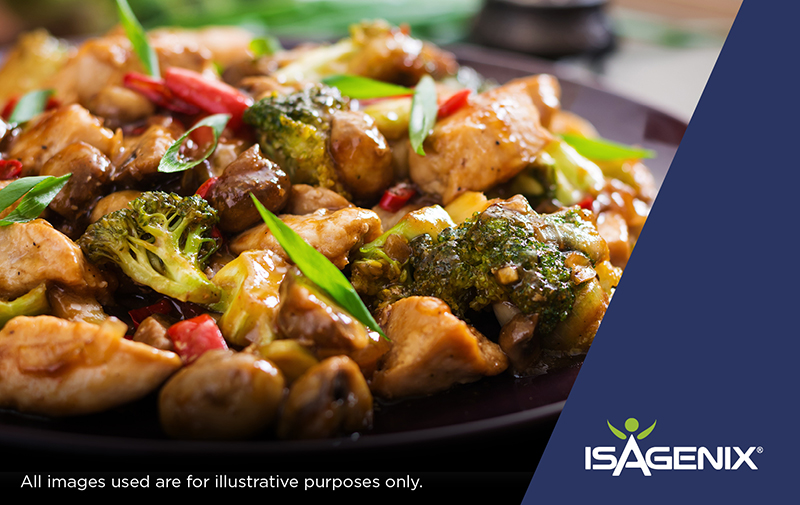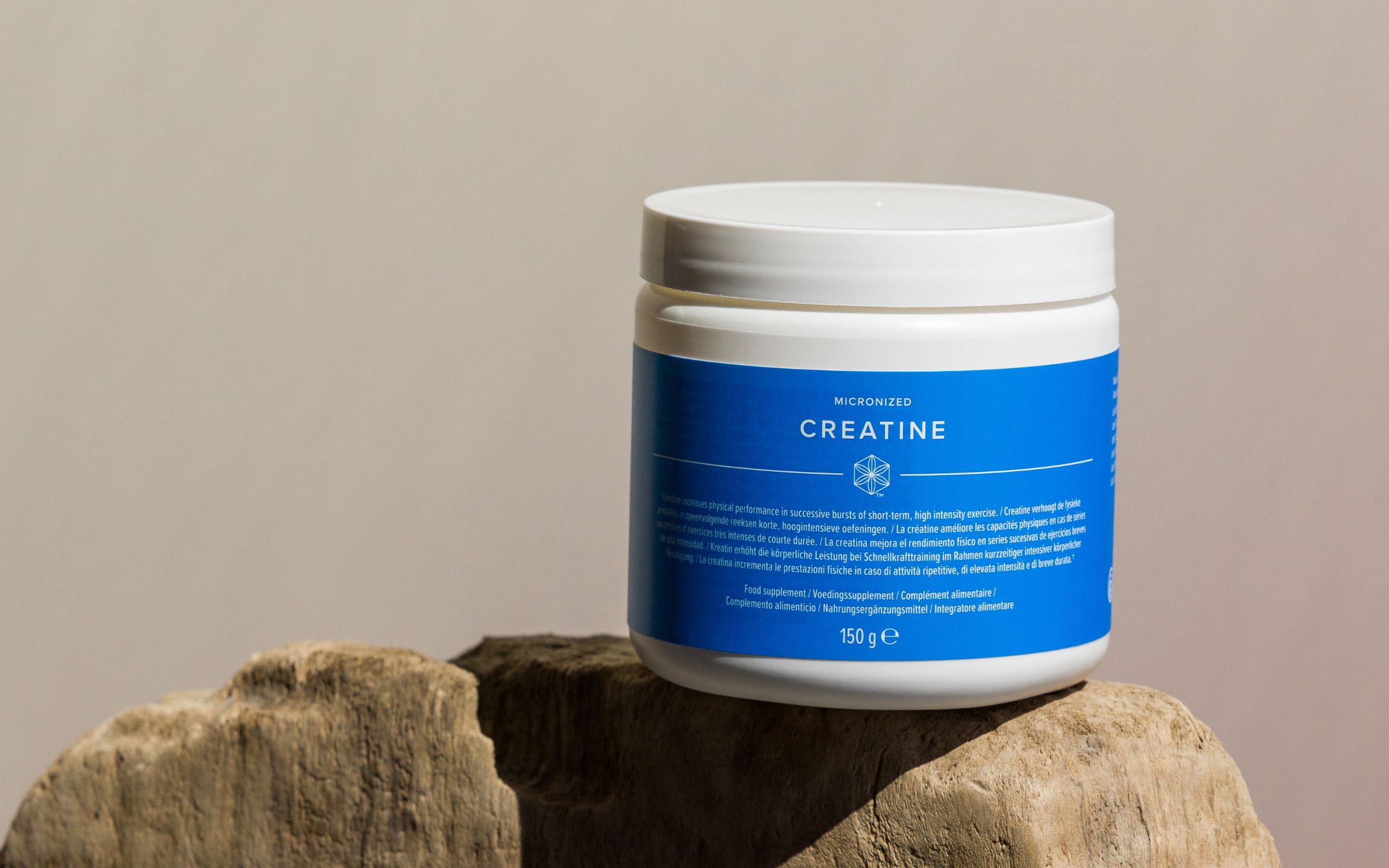Top Tips for Your Third Meal
February 15, 2018,
Rebecca Haresign

When you’re trying to lose weight, an Isagenix Shake Day involves replacing two of your meals with IsaLean Shakes, and having a 400-600 calorie meal on your own. This meal is just as important as the rest of the programme, and it’s important that you consider what’s going into this meal to get maximum results from your weight loss system. The aim of this meal is to provide you with your remaining calories and nutrients for the day. This meal should provide between 400-600 calories, and be balanced, varied, and enjoyable! Read on to learn our top tips for getting the most out of this meal.
What needs to be in a healthy, balanced meal?
Each meal should provide some starchy foods, protein and vegetables. Many people who are trying to lose weight feel the need to avoid one of these components, starchy foods because of their higher content in complex carbohydrates. However, these types of foods can be an important source of fibre, vitamins, and minerals like potassium and iron.
Starchy foods can include potatoes, sweet potatoes, rice, or wholegrains such as quinoa. These types of foods provide complex carbohydrates and including fibre, and can help you to feel full for longer (1, 2). This can help to leave you feeling satisfied after your meal, which is great if you’re trying to control your calorie intake. Protein should also be provided in every meal. Examples include haddock, salmon, kidney beans, chicken, beef, eggs or lentils. Getting the right amount of protein in your meal can also help you to feel full. And don’t forget – vegetables!
Vegetables provide a range of nutrients, from fibre to vitamins, and tend to have a higher water content so are often lower in calories. This means that if you’re feeling hungry, you can fill your plate with more vegetables without consuming too many calories. Vegetables don’t always have to be fresh, you can include frozen or canned vegetables too. One way to make sure you’re varying your vegetable intake throughout the year is to try to eat what’s in season, this can also help to keep costs down.
Healthier cooking methods
A healthy meal can also depend on how food is prepared or served, which can affect nutrients such as vitamins and fats. For example, by choosing to steam your vegetables instead of boiling them, it can help to retain the vitamins and flavour. Although earlier we mentioned the low energy density of vegetables, this still depends on the way in which you’re cooking and serving the vegetables. Vegetables such as roasted parsnips, fried aubergine or a coleslaw made with mayonnaise will all include additional fat, meaning they’re likely to provide more calories than you think.
When choosing meat, always opt for lean cuts of meat, trim any visible fat and remove the skin. Rather than frying meat, try grilling. Another tip is to avoid adding sauces or dressings every day or when they aren’t essential, as this can also increase the calories. If your recipe does require you to use fat, choose a plant-based cooking oil like rapeseed, sunflower, or olive oil. If you can get your hands on a spray oil, this is even better, as this can help to control the amount used per portion.
How do I add flavour?
There are many ways to add flavour without increasing the amount of salt or fat in a meal. Ingredients such as black pepper and fresh or dried herbs and spices are always good staples to have in the kitchen, and can be used in a huge variety of dishes. Stock cubes, soy sauce, pesto and pre-made sauces tend to contain more salt than you think, so look out for reduced-salt versions or alternative ingredients and recipes.
References
1. NHS Choices. Why is fibre important? 2015. Available at: http://www.nhs.uk/chq/pages/1141.aspx?categoryid=51 (accessed 25th September 2017)
2. EUFIC. Dietary fibre: what’s its role in a healthy diet? 2005. Available at: http://www.eufic.org/en/food-today/article/dietary-fibre-whats-its-role-in-a-healthy-diet (accessed 25th September 2017)




